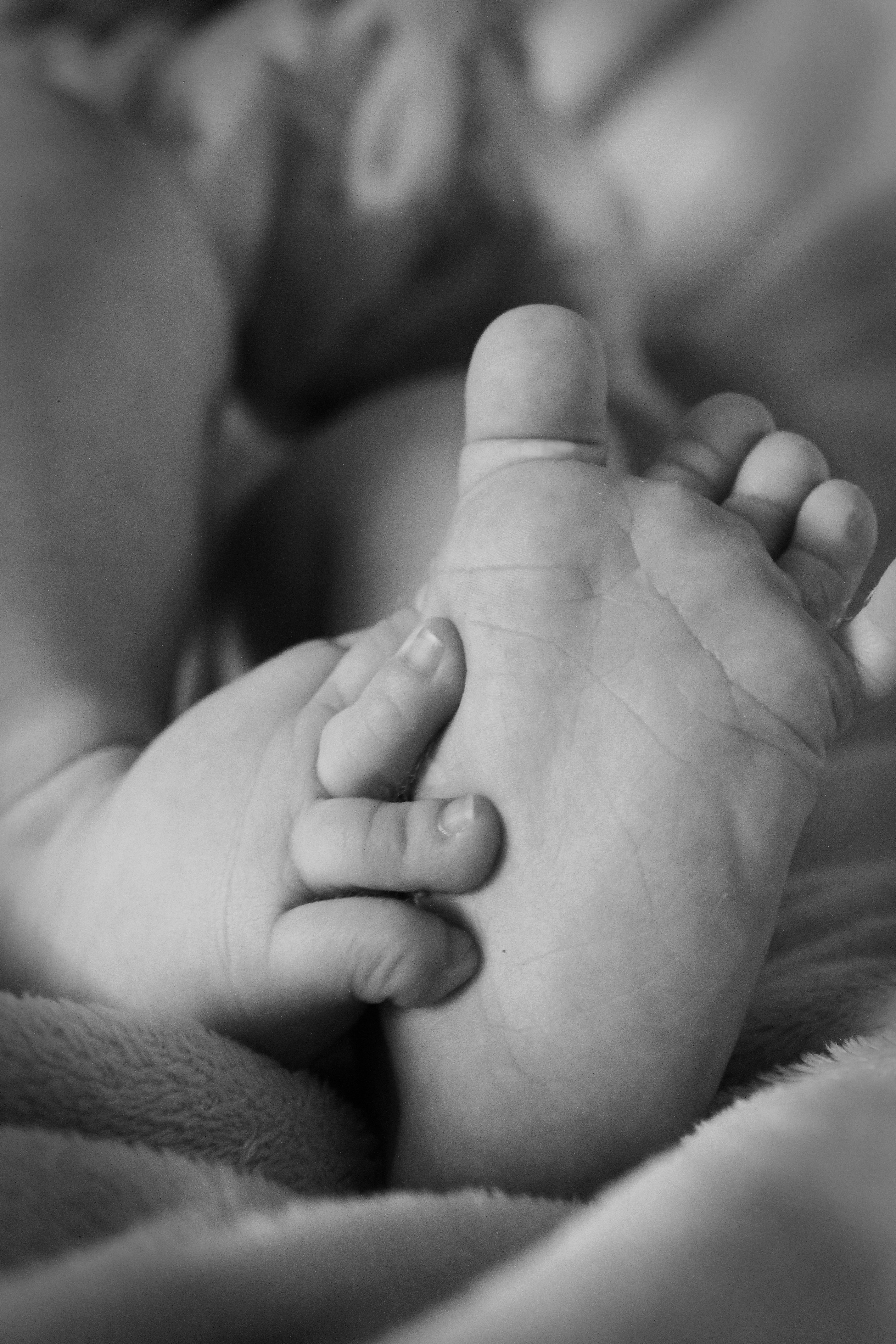“Women’s literature,” though a controversial epithet, nevertheless tends to deal chiefly with the status of women when compared to men, specifically in works prior to the twenty-first century. In a fast-paced, rapidly innovating world, the established social impotence imposed upon women throughout history is represented in their writings, which almost all at least indirectly relay with a tone of restlessness and longing in both their fiction and non-fiction. Largely prohibited from pursuing occupations available to men, women were shuttered indoors for their professions; and this phenomenon of “caged” women explains the common metaphor of ‘a bird with clipped wings’ in relation to female protagonists cropping up more than once. If woman is the parrot, the question becomes: What is the cage?
Millicent Bell notes the industrial shift occurring in the nineteenth century; a newer, more capitalistic society “which was creating a proletariat underclass as the century got underway” (“Jane Eyre: The Tale of the Governess”), and it is in this society where the heroine Jane must find a way to subsist as a single woman with no fortune or family. Because teaching offered “modest independence,” the female governess as an archetype describes the ultimate image of a hindered potential. Here is a woman who, as per the job description, is likely to be educated, articulate, and appropriately ambitious. Such a woman, if she were a man, would likely go into politics, business, trade; perhaps even work as a playwright or musician. As Virginia Woolf proposed in A Room of One’s Own, “Emily Brontë should have written poetic plays; the overflow of George Eliot’s capacious mind should have spread itself when the creative impulse was spent upon history or biography” (Ch. 4). But with so many occupational venues closed off from women, Jane Eyre yearns for the meager aspirations that an intellect such as hers clearly surpasses: “What do I want? A new place, in a new house, amongst new faces, under new circumstances. I want this because it is of no use wanting anything better” (694). A blip of stimulation was all Jane considered reasonable to ask for in life, reflecting the rather dismal state of female opportunity and progression in this time.
With the responsibility of education left so frequently in the hands of women, the institutions they ran in the endeavor were met with surprisingly lackluster support. The evidence of this reality shows up in fiction, like with Charlotte Bronte’s depiction of a tight-fisted Lowood Institution head, as well as in Woolf’s undernourished Fernham University. In A Room of One’s Own, the more modern narrator discusses with Mary Seton the contrast in terms of finance between men’s colleges and women’s colleges. “Kings and nobles brought treasure in huge sacks and poured it under the earth… which they shovelled into the earth;” and then “the great financial magnates of our own time came and laid cheques and bonds” (Ch. 1), an effective hyperbole posing the very real question: How ethically is money being distributed between genders, and what are the effects of this misalignment?
This is not to suggest that all women were living in poverty; even Jane Eyre felt the access of wealth in her grasp not just once, with marriage; but twice, with inheritance as well. These were, generally, the most monetarily beneficial “vocations” available to women during this time. And though Aphra Behn is credited as the first woman to earn a living off her pen as far back as the 17th century, female authors were often upper class women, simply because their poor or working class counterparts didn’t have the means to. Not to mention, “most men from the middle and upper classes regarded the education of their daughters as an unnecessary expense,” preferring to work “their daughters in a mill or a factory as swiftly as possible to make a contribution to the household’s income” (Heffer, “Founding Mothers”). This is how bright minds were snuffed, unwritten novels ruined. Here again Woolf is relevant, with her modest yet radical thesis from Chapter 1: “A woman must have money and a room of her own if she is to write fiction.”
On the topic of wealthy women during and prior to the 20th century, the source of their wealth is significant because it is accrued so differently from men’s. A progressive shift occurs in the eighteenth century regarding legal and property rights for women, but for hundreds of years, a woman’s earnings and possessions were under the legal ownership of her husband. With this context in mind, we arrive at the portrayal of the well-to-do woman of Edith Wharton’s The Awakening, published in the last gasp of the 19th century. While the novel deals with numerous “awakenings” of the spiritual, sexual and personal nature, the topic of professional occupation is a prominent theme in the text. Edna Pontellier, in the beginning of the narrative, is characterized as the typical “kept woman;” a posing socialite mother, fingers sparkling with rings kept in her husband’s pocket, eating bon-bons as she cools herself with a palmleaf fan and entertaining young, handsome guests at her leisure. Edna needn’t work by day nor lift a finger by night, for even her employment as a mother has been willingly usurped by working-class women at a further economic disadvantage. And yet, she spends the duration of the novel sort of idolizing the character Mademoiselle Reisz; a childless, unmarried woman living alone.
Going into more detail: the only single, self-employed woman in The Awakening is Reisz, an eccentric but talented professional pianist. Her portrayal is peculiar, as although she is esteemed for her work, her nonconformity to gender expectations makes her unpopular to common society, with the exception, of course, of Edna Pontellier. Indeed, however it may appear from description, Mrs. Pontellier does not symbolize the death of feminism; some failure on the part of women’s rights. Though showered with monetary goods, Edna envies the legal, practical independence Mademoiselle Reisz possesses by living off her own work. Reisz was hugely influential to Edna, who came to realize she had been caught in the same trap women have experienced historically for generations: That her time is not truly her own, for it belongs to the family. Her husband, who is himself often absent from home for extensive periods of time during business trips, wonders if his wife has lost her mind when she begins devoting more time to her art. “It seems to me the utmost folly for a woman at the head of a household, and the mother of children, to spend in an atelier days which would be better employed contriving for the comfort of her family” (Chopin, 1298) is his response, and therein lies the core conflict of The Awakening, the root of Edna’s suicide: Think of the children.
“[Edna] meant to think of them, that determination had driven into her soul like a death wound” (1289). For we cannot discuss “women’s work” in literature without conceptualizing motherhood as employment, although a social one. Time and again, reproductive realities foment thematic commonality in the case of women in literature. Edna compares child-rearing to a slavery of the soul, and this declaration, made on the Gulf of the ocean she would drown herself in, is followed by an image of “a bird with a broken wing” beating the air above, “reeling, fluttering, circling disabled down, down to the water” (1343). The forced, life-consuming vocation of motherhood was Edna’s crippling disability, in image interestingly repeated in Edith Wharton’s novel, Summer.
Published in 1917, Summer features a protagonist at economic polarity with The Awakening’s. Working in a library as unpopular and ill-kept for as she is, here is an unhappy, but ‘contemporary’ working woman. Yet Charity’s earnings are little, and she merely goes through the motions of her thankless job, work which provides her with no sense of fulfillment and little opportunity for economic independence. There’s a clear discrepancy regarding occupation when comparing this to the novel’s male characters, Mr. Royall and Lucius Harney. A lawyer, an architect, and a girl who looks after wormy books. These examples of male occupations require independent, inquisitive thought, necessitate social power and creative energy; but professions available to women were often mechanical, listless, deprived of clout. They could sew, rear children, look after things. It is no wonder, then, that “when the old impulse of flight swept through her” after Charity’s nearly delirious marriage to Mr. Royall, she acquiesces, realizing “it was only the lift of a broken wing” (Wharton, 159).
It is this next quote from Summer, appearing once Charity spends a night on the Mountain, which exemplifies the conflict of female occupation outside of motherhood: “Charity thought of the future of her own child, and tears welled into her aching eyes, and ran down over her face. If she had been less exhausted, less burdened with his weight, she would have sprung up then and there and fled away….” (148). This weight can be felt as the crux of disparity between genders throughout centuries, as woman’s unique reproductive capabilities form a double-edged sword: a cage composed of stringent social expectation, and motherly love.
Bell, Millicent. “Jane Eyre.” American Scholar 65.2 (1996): 263. Academic Search Premier. Web.
Chopin, Kate. The Awakening. The Norton Anthology of Literature by Women: The Traditions in English. New York: W.W. Norton, 1985. Print.
Heffer, Simon. “Founding Mothers.” New Statesman 142.5179 (2013): 30-33. Academic Search Premier. Web.
Wharton, Edith. Summer. http://pinkmonkey.com/dl/library1/digi082.pdf. Web.
Woolf, Virginia. A Room of One’s Own. https://ebooks.adelaide.edu.au/w/woolf/virginia/w91r/chapter4.html. Web.




